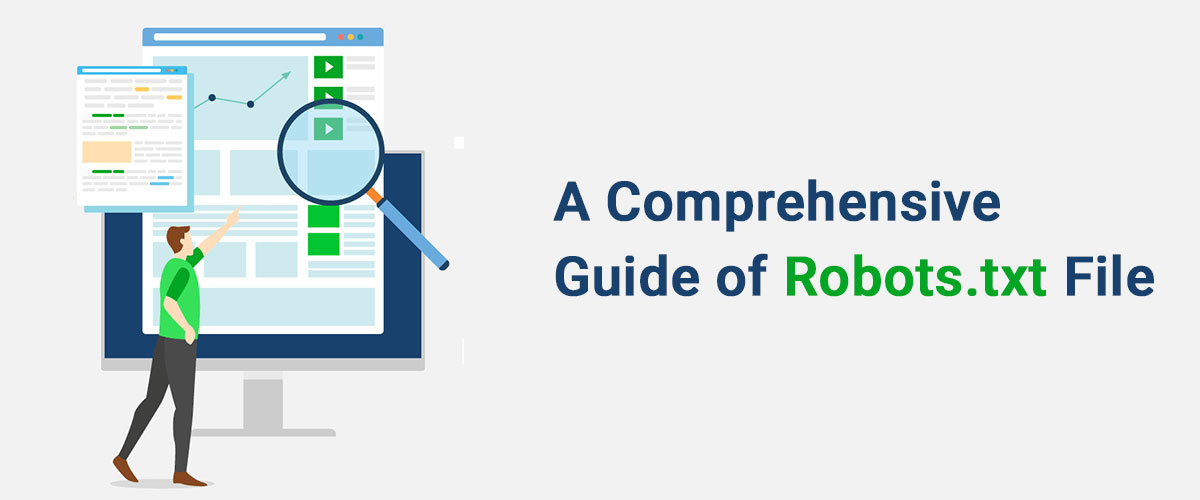In the digital realm of website management, the Robots.txt file emerges as a crucial tool for controlling how search engine crawlers interact with and index a website’s content. Understanding the syntax and best practices of Robots.txt is essential for website owners aiming to optimize their site’s visibility and accessibility to search engines. Let’s dive into the syntax and intricacies of Robots.txt.
Understanding Robots.txt
The Robots.txt file follows a specific syntax to communicate directives to search engine crawlers. Its structure comprises two main components.
User-agent and Disallow or Allow directives.
Basic Components:
User-agent:
Identifies the specific search engine crawler to which the directives apply. For instance, Googlebot, Bingbot, or ‘*’ (all bots).
Disallow:
Instructs crawlers not to access specific parts of the website by specifying the directories or files that should be excluded from indexing.
Allow:
Provides exceptions to Disallow directives, allowing access to certain content that would otherwise be restricted.
Syntax Examples:
To disallow a specific directory for all bots:
User-agent: *
Disallow: /directory-name/
To disallow crawling of a specific file for a particular bot:
User-agent: Googlebot
Disallow: /path-to-file/file-name.html
To allow a specific file for all bots:
User-agent: *
Allow: /path-to-file/allowed-file.html
Best Practices for Writing Robots.txt
Use Correct Syntax:
Ensure proper formatting, spelling, and precise syntax to avoid misinterpretation by search engine crawlers.
Be Specific:
Clearly define directives for Disallow and Allow to provide precise instructions to crawlers.
Prioritize Security:
Avoid listing sensitive directories or files in Robots.txt, as it doesn’t secure content and can potentially expose sensitive information.
Regular Updates:
Periodically review and update Robots.txt, especially when making changes to site structure or content.
Common Mistakes to Avoid
Blocking Essential Pages:
Accidentally blocking critical pages or resources can negatively impact SEO and site visibility.
Overusing Disallow:
Excessive use of Disallow directives may prevent bots from accessing crucial content, affecting indexing.
Misconfiguration:
Errors in syntax or directives can lead to unintended consequences, affecting how crawlers interact with the website.
Conclusion
Robots.txt, when utilized effectively, serves as a powerful tool for website owners to influence how search engine crawlers navigate and index their content. By mastering the syntax and adhering to best practices, website administrators can exercise greater control over their website’s accessibility to search engines, enhance SEO efforts, and optimize the visibility of their online presence.
Embracing the nuances of Robots.txt syntax empowers website owners and SEO practitioners to fine-tune their website’s accessibility, maintain data privacy, and exert greater influence over search engine crawling and indexing, ultimately contributing to a more strategic and optimized online presence.



